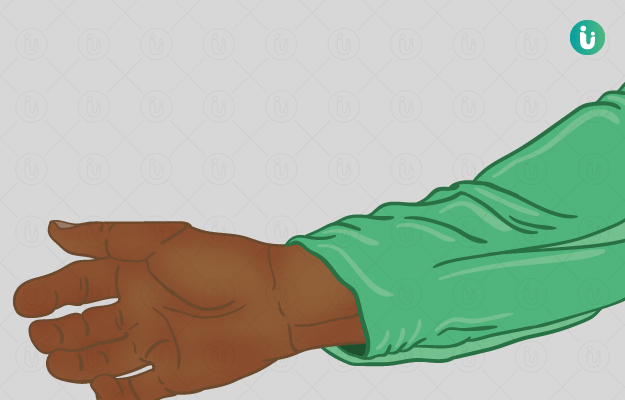What is Kawasaki disease?
Kawasaki disease is a leading cause of heart disease worldwide. The condition affects young children, mostly under the age of 5. Among these, 70 percent of cases occur in children aged 3 years or below. If diagnosed and treated early, the disease leaves no impact on the child’s development. Although it is a frightening condition, it is extremely rare.
What are its main signs and symptoms?
Kawasaki disease presents with a typical set of signs and symptoms including:
- Fever, which lasts for 5 days or more
- Rash
- Swelling of the hands and feet
- Irritation and redness of the whites of the eyes (Read more: Red eyes treatment)
- Swollen lymph glands in the neck
- Irritation and inflammation of the mouth, lips and throat
The eye infection is non-purulent (no pus) and presents in both the eyes. Swelling and rashes in the lower and upper limbs are almost always present. The arteries throughout the body become inflamed.
The inflammation of the coronary arteries of the heart has dangerous implications. The inner muscles of the arteries, which are otherwise smooth, may become weakened and lead to a ballooning of the blood vessel called as an aneurysm. Aneurysms can rupture if they continue to balloon.
What are its main causes?
There is no clear cause of Kawasaki disease. Researches provide some evidence that it might be a disease caused by a virus. Also, some children may have a genetic predisposition towards the disease.
How is it diagnosed and treated?
There is no specific test to diagnose Kawasaki disease. Thus, the diagnosis remains largely clinical, that is, all other related diseases need to be ruled out. The doctor may want to monitor the effect of Kawasaki disease on the blood vessels and may employ ECG, angiography, etc for this purpose. If no effect on coronary arteries is seen, the child is most likely to have a complete recovery. This is the case with 95% of patients.
The treatment begins with medicines to alleviate the pain, fever and swelling. This can be safely done with aspirin, which also prevents clot formation in the blood. Immunoglobulin A is administered intravenously for about 12 hours. This is replaced by steroids in children who are not responding well.

 Doctors for Kawasaki Disease
Doctors for Kawasaki Disease  OTC Medicines for Kawasaki Disease
OTC Medicines for Kawasaki Disease



















